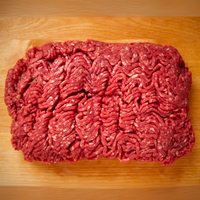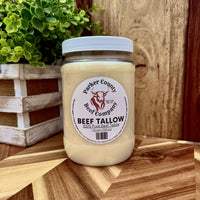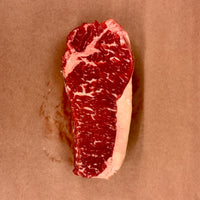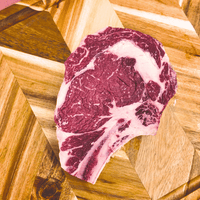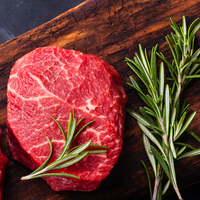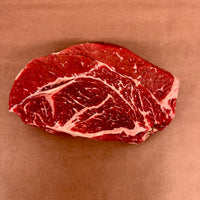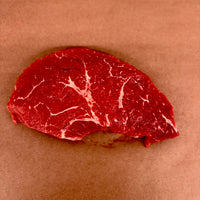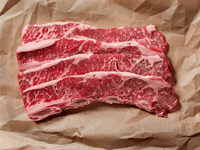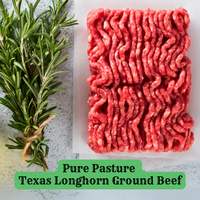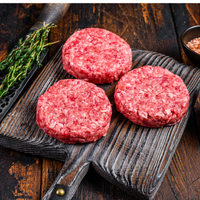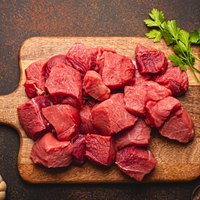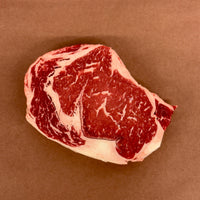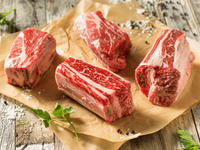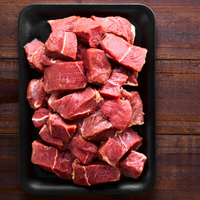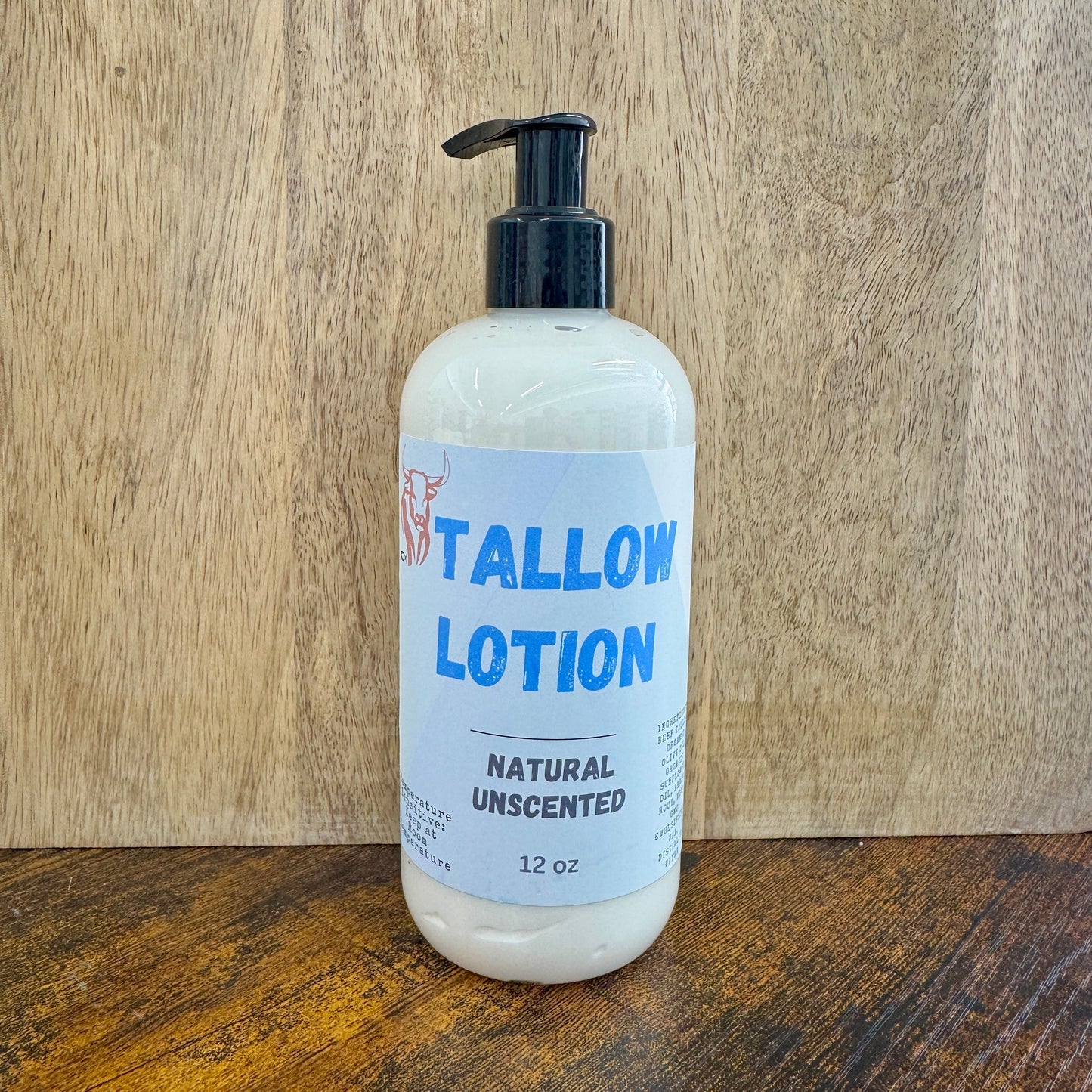What’s the Difference Between Beef Tallow and Lard?
Beef tallow and lard are both traditional animal fats that have been used for centuries in kitchens and apothecaries alike. While they might seem similar, they come from different animals and offer distinct benefits in flavor, texture, and cooking performance.
Beef Tallow vs. Lard: The Basics
| Beef Tallow | Lard |
|---|---|
| Rendered fat from cattle (typically from suet) | Rendered fat from pigs (usually back fat or leaf fat) |
| Firm, white, and slightly beefy in aroma | Softer, with a mild pork flavor |
| Higher in saturated fat | Higher in monounsaturated fat |
| Ideal for high-heat cooking, frying, and roasting | Popular in baking (especially for flaky pie crusts) |
Flavor and Culinary Use
Beef tallow has a rich, savory flavor that enhances roasted vegetables, pan-fried steaks, and homemade fries. Its high smoke point makes it perfect for deep frying and high-temperature searing.
Lard, by contrast, is prized for its smooth texture and is a favorite among bakers for making tortillas, biscuits, and pastries with incredible flakiness.
Nutrition Comparison
While both fats are natural and unprocessed, beef tallow tends to have more vitamin A, D, and K2 — especially when sourced from pasture-raised cattle. Lard contains slightly more monounsaturated fat, similar to olive oil, which some associate with heart health benefits.
Skincare Uses
Both tallow and lard can be used topically, but beef tallow is often preferred for skincare due to its closer composition to human sebum. That makes it highly effective in natural balms and lotions — like the ones we make here at Parker County Beef Company.
Where to Get High-Quality Tallow
Looking for clean, Texas-made tallow? We’ve got you covered. Browse our full line of beef tallow products — from cooking fats to skincare solutions — at ParkerCountyBeefCompany.com.
Questions? Reach out to us at 817-404-7405 or email orders@parkercountybeefcompany.com.
